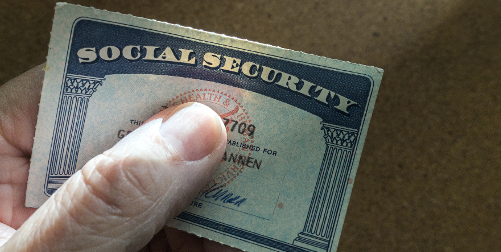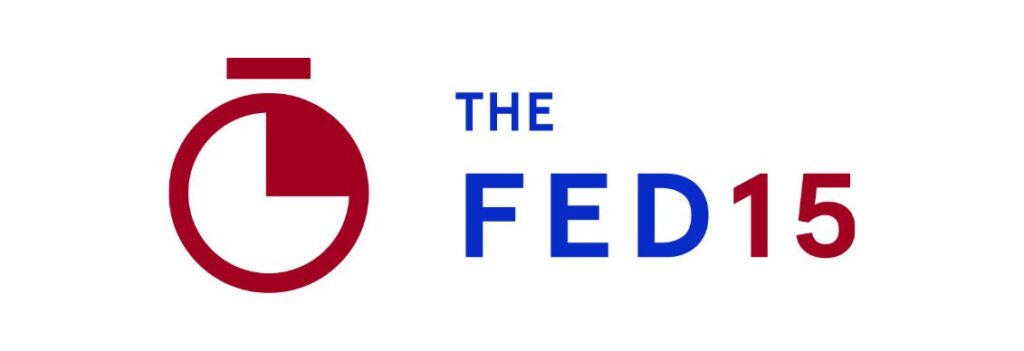FERS and Social Security
Social Security 101: What is Social Security?
Americans have benefited from the Social Security Act, signed into law by then President Franklin D. Roosevelt in 1935, for over 8 decades. The Act came into being as a response to the Great Depression. Originally, the program was designed to benefit older workers.
Today, benefits are paid to people who have retired from the workforce, people with disabilities, and to surviving spouses and children of workers who have died. Currently, Social Security pays benefits to over 63 million Americans (www.ssa.gov). Social Security has been expanded over the years to include the health insurance programs known as Medicare and Medicaid.
For federal employees, there are multiple paths to becoming a social security beneficiary and for some federal employees, there could be no path to receiving benefits. Thus, understanding how and when a federal employee is eligible for benefits is step one. Once eligibility is determined, the next step is deciding on the optimal strategy for when to draw social security. Having the correct strategy could mean the difference of tens of thousands of dollars during an employee’s retirement.
Social security is funded primarily through payroll taxes. For American workers, 6.2% of wages are contributed each pay period via the FICA (Federal Insurance Contributions Act) tax. Your employer also contributes 6.2% each pay period on your behalf. There is a limit on your contributions annually. For 2021- once a worker reaches $142,800, there will be no additional deductions for the FICA tax. The deductions will resume the following calendar year, usually with a higher maximum wage base.
For federal employees, the path to determining social security eligibility starts with determining which retirement system one is in.
When can you begin to receive Social Security Benefits?
Once eligibility is established, the next question pertains to the best strategy for when to start drawing social security benefits. Generally, the earliest a person can begin drawing retirement benefits on their own record is age 62. Note the importance of the phrase “drawing on their own record.” This is important as there are other ways that one can receive benefits.
Understanding the circumstances which apply to the different benefits and strategies is vital when making decisions about social security. Social Security benefits will be less if you withdraw at 62. For those who wait until their “FRA” (or, Full Retirement Age, which is between ages 66 and 67, depending on the year of birth), you get the “full” amount. There is no reason to wait until after age 70, however.
If you refrain from receiving your social security between the full retirement age and 70, your benefit amount will get a boost the longer you hold off. After 70, though, your benefit will no longer increase so there’s no good reason to resist claiming social security retirement benefits.
And don’t forget that you can receive Cost-of-Living Adjustments, which will also add more to your social security benefit amount each year, depending on how much inflation there was in the previous fiscal year.
Social Security Benefits for FERS Employees
For employees under FERS, your retirement plan is designed to be based on three components; part one is the FERS pension, part two is social security, and part three is your TSP.
If you are in the FERS retirement system, you are most likely going to be eligible for social security provided you meet the number of hours worked to breach the thresholds for social security credits.
FERS, Social Security and the Special Retirement Supplement
Most FERS workers can retire as early as 56 or 57 (minimum retirement age). Indeed there are special provisions employees who MUST retire at those ages. For these workers the special retirement supplement will come into play. This is a benefit paid by OPM, not by the Social Security Administration, and was designed to supplement social security between the ages of 55 and 62, for those who meet the requirements and retired early either by choice or mandate. The supplemental income operates with similar rules to social security, like the earnings test, but it is a distinct, separate benefit.
Social Security Benefits for CSRS employees
If you are a CSRS employee, you do not contribute to social security and therefore are not likely to be eligible for social security retirement benefits (note that you may still be eligible for other benefits like Medicare under the CSRS program). Social Security payments may be limited due to the Windfall Elimination Provision.
Social Security Benefits for CSRS Offset employees
A CSRS Offset employee will contribute to social security but also have spent some part of their career in CSRS. The amount of social security an offset employee will receive is based on several factors, and generally is the most complex of the three potential scenarios for a federal employee.













